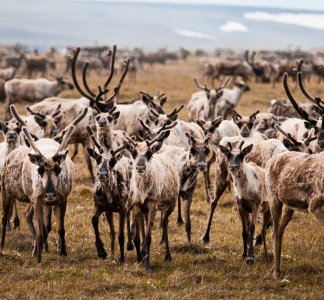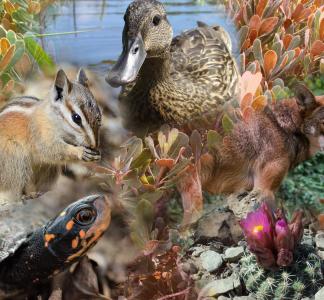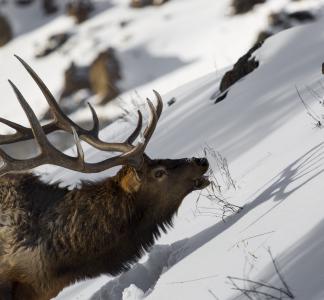7 threatened species we can help by protecting public lands
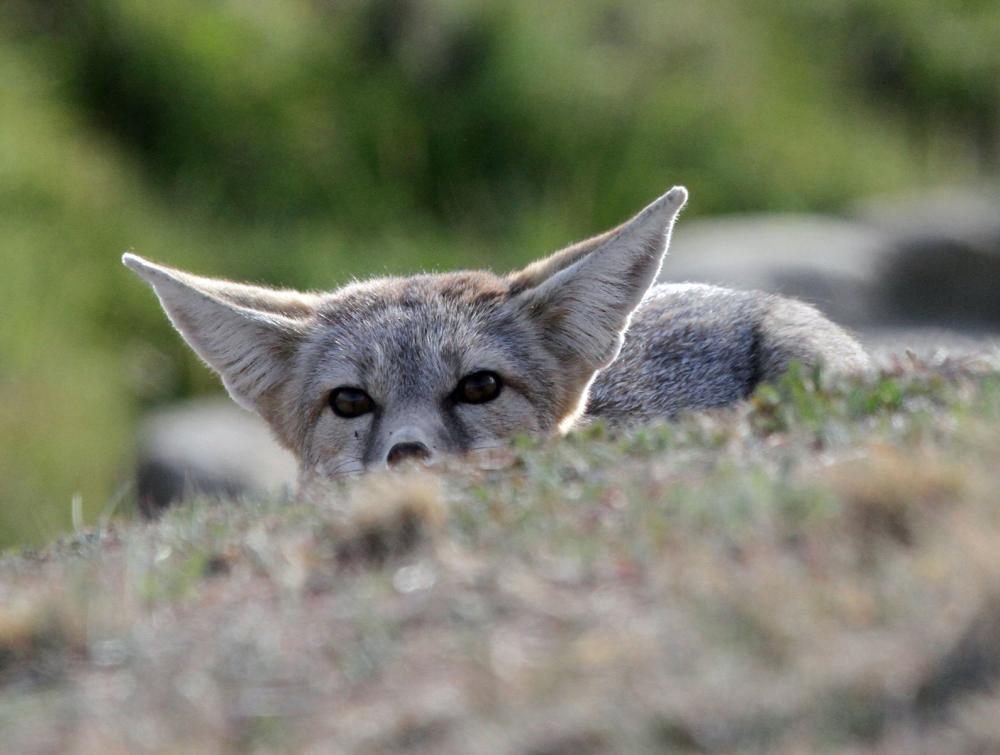
San Joaquin kit fox in Carrizo Plain National Monument, California
Greg Schechter, Flickr
Development, climate change demand response
As sprawling development, climate change and other threats eat away at wildlife habitat and migration corridors, it has become more important than ever that we protect lands and waters to give species a shot at surviving and thriving.
Here are six endangered, threatened or otherwise at-risk species whose odds will improve if we conserve intact, healthy public lands in key areas.
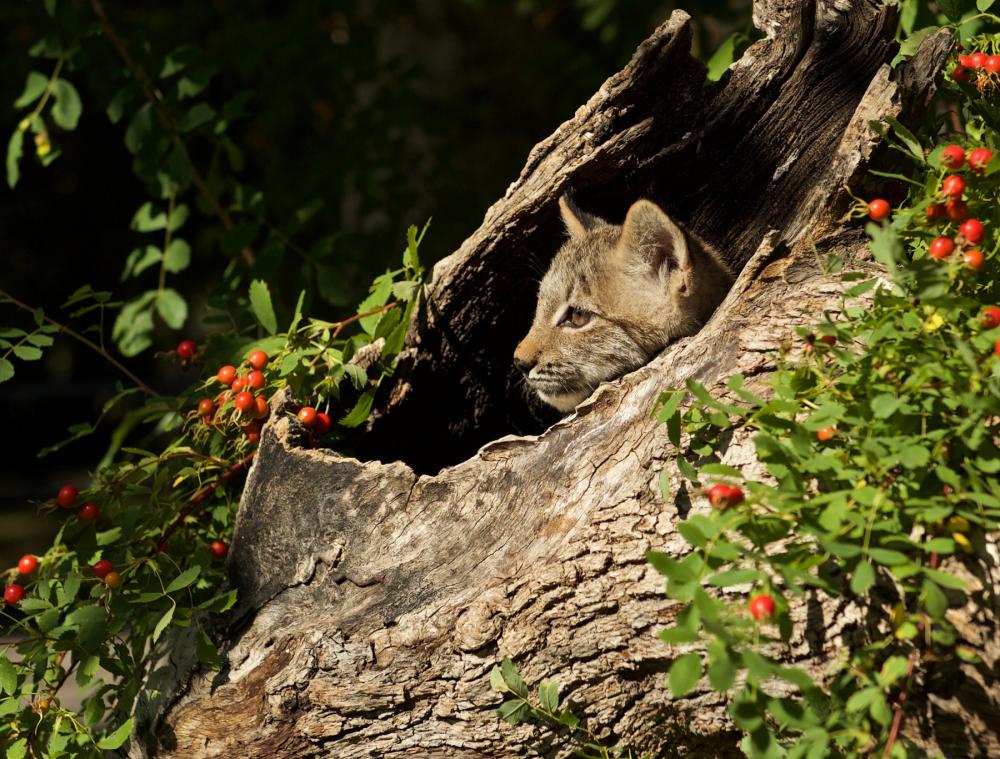
Young Canada lynx in Montana
Tom Driggers, Flickr
Canada lynx
Listed as threatened since the year 2000, the tufted-eared Canada lynx is a skilled hunter that was once found as far south as Nevada and in every state along the nation’s northern border. But in recent years, its numbers have dwindled to a couple thousand individuals in the contiguous U.S. The Canada lynx relies on consistent winter snow and ice, making climate change a major threat. The Crown of the Continent contains key habitat for this vulnerable species.
THREATS: Road-building, development, altered habitat caused by climate change and increasingly severe wildfires
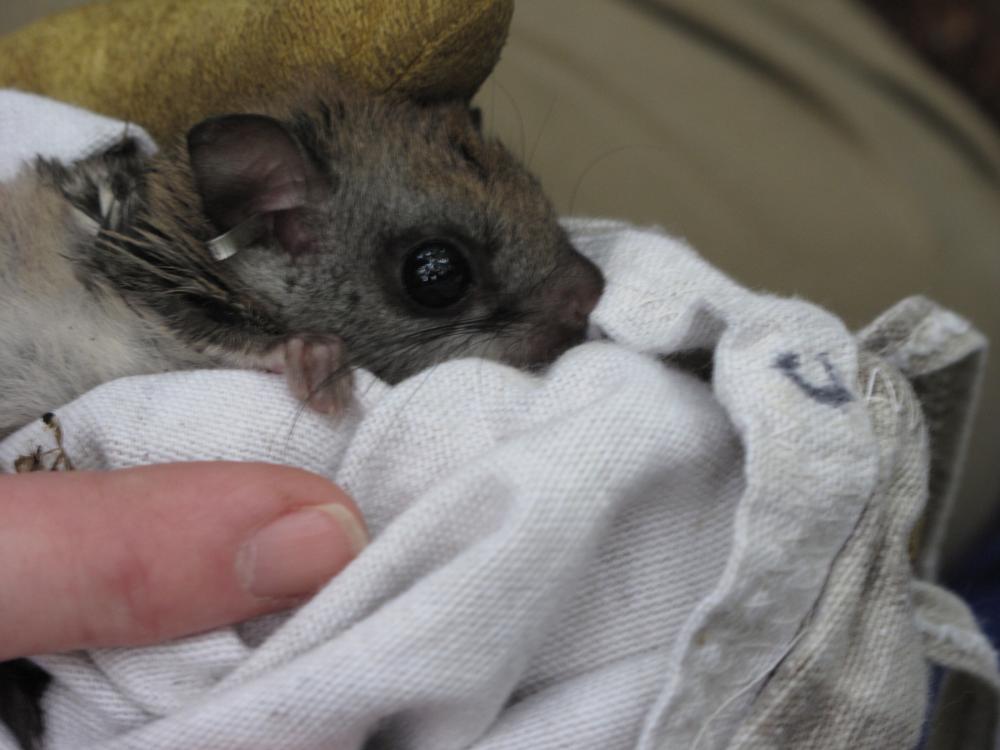
U.S. Fish and Wildlife Service staff tag a Carolina northern flying squirrel for tracking purposes
G. Peeples, USFWS, Flickr
Carolina northern flying squirrel
No, they don’t wear flight goggles, but Carolina northern flying squirrels are marvels nonetheless. Able to glide using a stretchy flap of skin called the patagium that extends from forelimbs to feet (it’s more like guided parachuting than true flying), this subspecies of nocturnal creatures that mainly eats lichen, fungi and small plants is found in high-elevation forests of the Southern Appalachians. Among other things, this area—and the flying squirrel’s habitat—is imperiled by development that fragments local forests.
THREATS: Habitat loss caused by development and logging, introduction of invasive species, climate change.
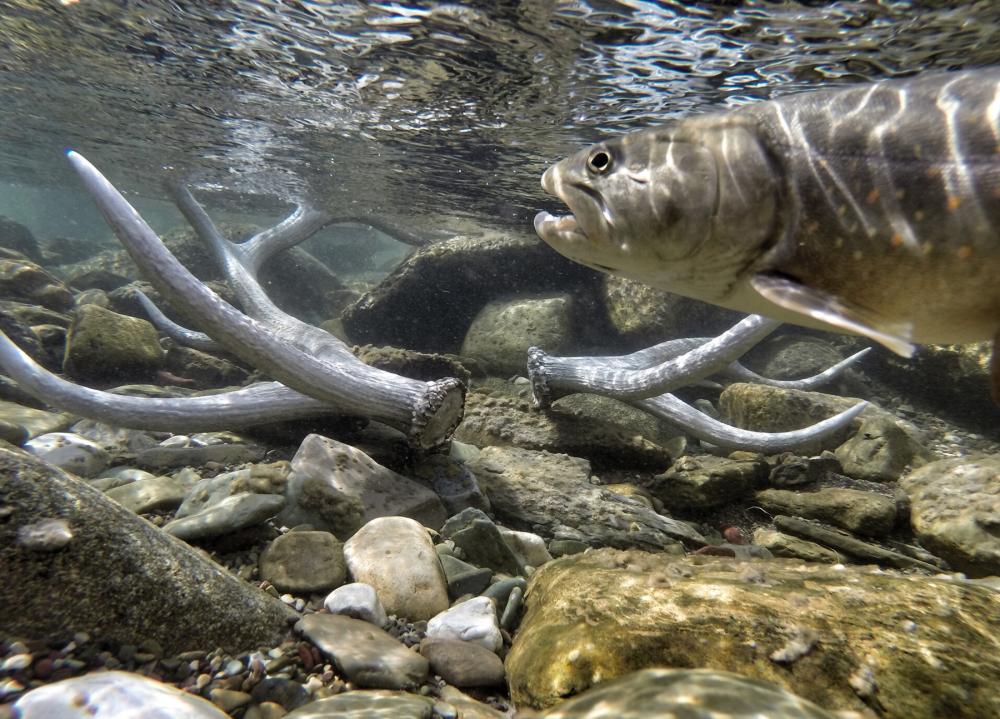
Bull trout in Montana
Jim Mogen, USFWS, Flickr
Bull trout
Once common throughout the Northwest, bull trout now occupy waterways in only a few states, including the Crown of the Continent region in northwest Montana. They rely on cold, clean waterways with plenty of shelter but not much sediment—conditions that can be threatened by large-scale agriculture, damming and other development. Threats like these have isolated many populations, especially hurting the migratory form of the fish that must move from small tributary streams to larger rivers and lakes in order to complete its life cycle.
THREATS: Habitat fragmentation caused by damming and other development, sediment from big agriculture operations, water quality and flow changes
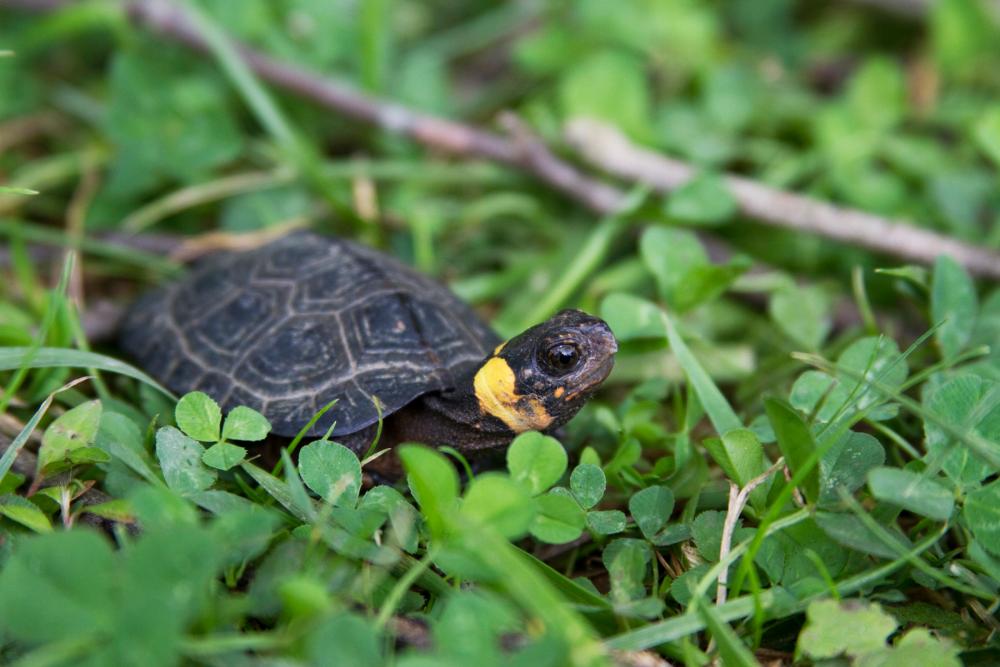
Bog turtle in North Carolina
Gary Peeples, USFWS, Flickr
Bog turtle
The bog turtle is one of the smallest turtles in the world at only a few inches long when fully grown. The southernmost U.S. population of these little reptiles can be found in shallow, seasonal wetlands in the Southern Appalachians. However, large-scale development and agriculture, among other threats, have damaged and fragmented the bog turtle’s sensitive habitat, leading the International Union for Conservation of Nature to classify it as critically endangered.
THREATS: Draining of wetlands, large-scale development and agriculture
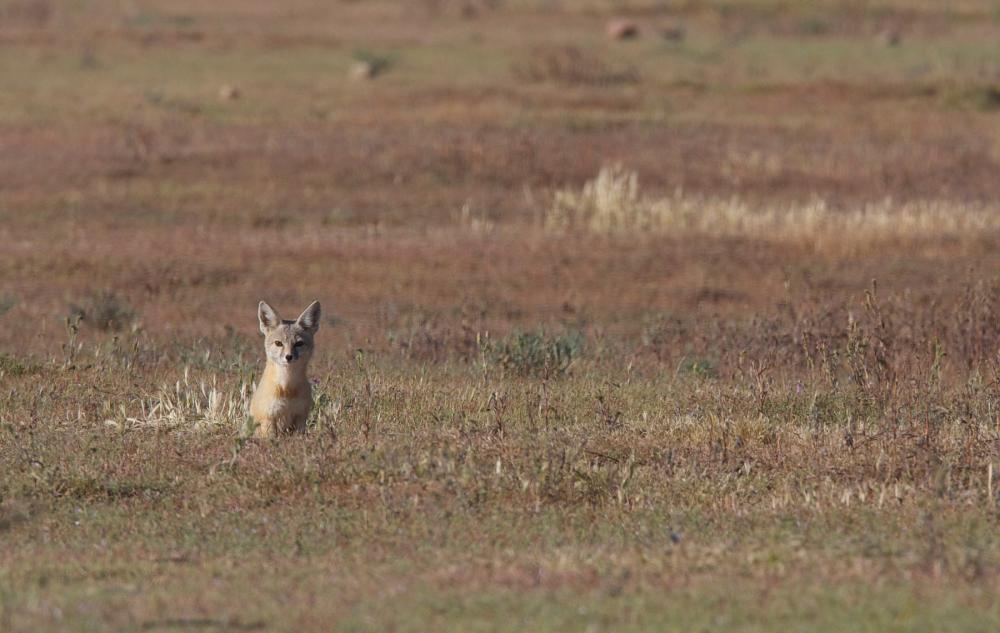
San Joaquin kit fox in Carrizo Plain National Monument, California
Gregory Smith, Flickr
San Joaquin kit fox
Identifiable by its huge ears and slight build, the kit fox is one of the smallest members of the dog family found anywhere in North America. The subspecies native to central California’s San Joaquin Valley has seen its denning and foraging habitat dwindle, and it is sensitive to threats facing kangaroo rats and other small animals on which it preys. Kit fox populations in the area have declined by as much as one-third in the last 100 years.
THREATS: Habitat loss caused by large-scale agriculture and other development (including drilling and mining), climate change effects
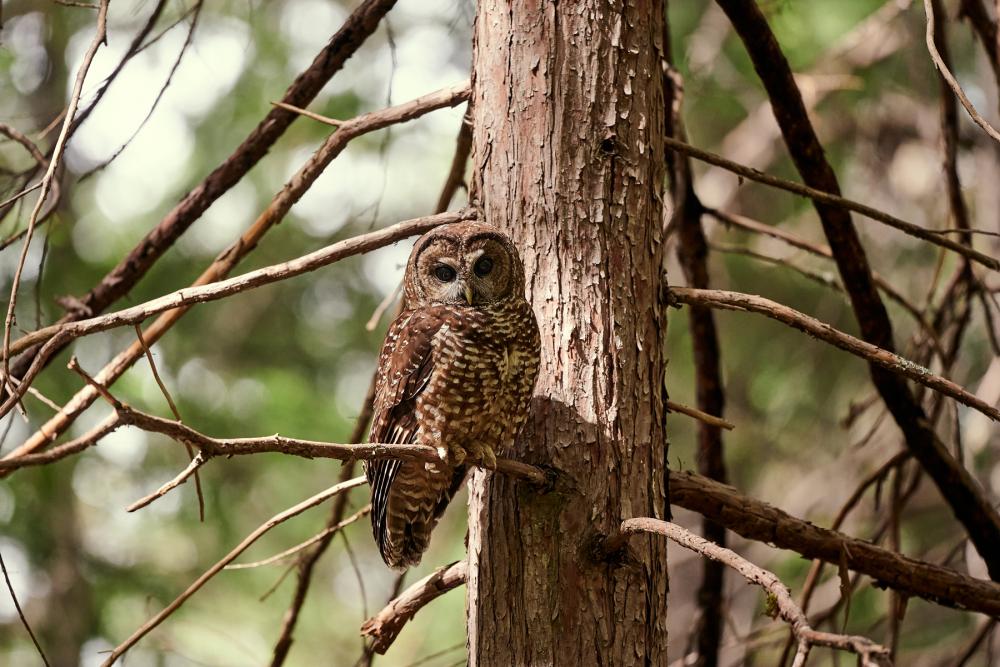
Northern spotted owl
Frank D. Lospalluto, Flickr
Northern spotted owl
The old-growth forests of the North Cascades in Washington are host to plenty of plants and animals, but the iconic northern spotted owl enjoys special status as a species whose well-being is a crucial indicator of the health of the local ecosystem as a whole. Specifically, spotted owls nest within more mature trees in deep and varied forest areas containing lots of decaying wood and hiding places; if they don’t have a place to call home, it means the forest at-large is probably not in good shape to host a diverse population of plants and animals. Threats now facing northern spotted owls include loss of habitat caused by logging and other development, as well as competition from a close relative, the barred owl, that has recently invaded spotted owl habitat.
THREATS: Habitat loss caused by logging, intrusion of competing barred owls, climate change effects
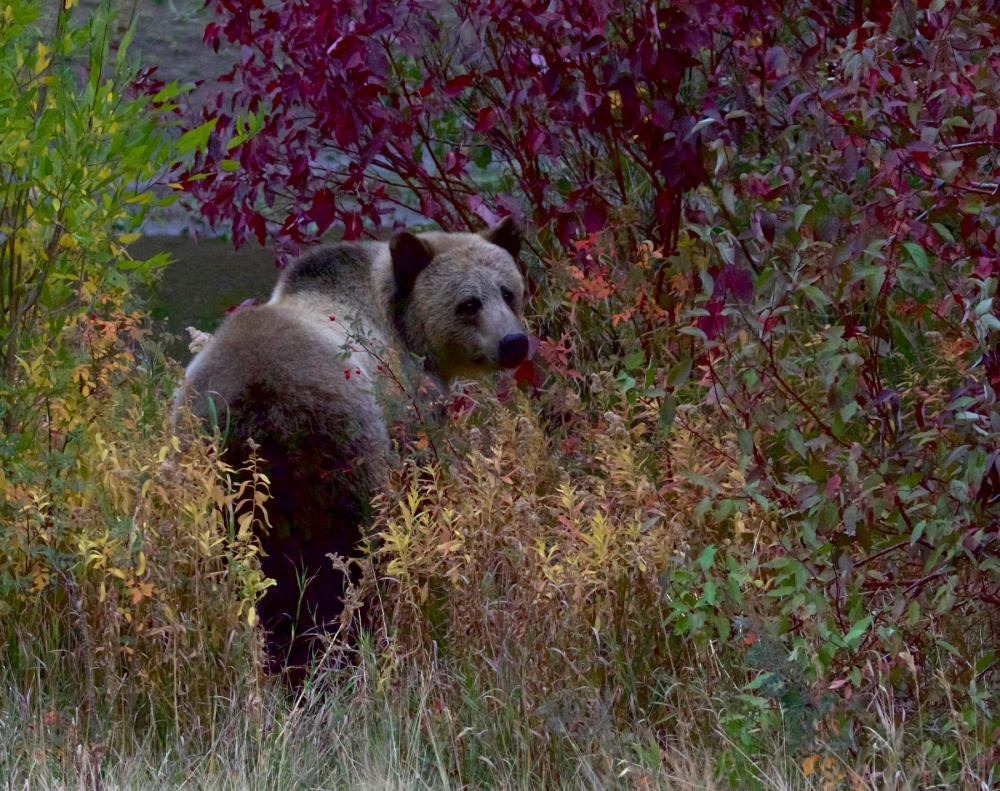
Grizzly bear in Yellowstone National Park, Wyoming/Montana/Idaho
Gregory Smith, Flickr
Grizzly bear
Grizzly bears are among many sensitive wildlife species for whom the Greater Yellowstone ecosystem is a haven. That area and northwest Montana are the only areas south of Canada still containing the big bears in significant numbers, and most populations are just a fraction of what they were when Lewis and Clark first traveled to the West Coast. Despite their relative scarcity, and though they are technically omnivorous, these muscular beasts still enjoy a fearsome reputation as America’s alpha predator.
THREATS: Reduced food supply, habitat fragmented by roads and development, climate change
